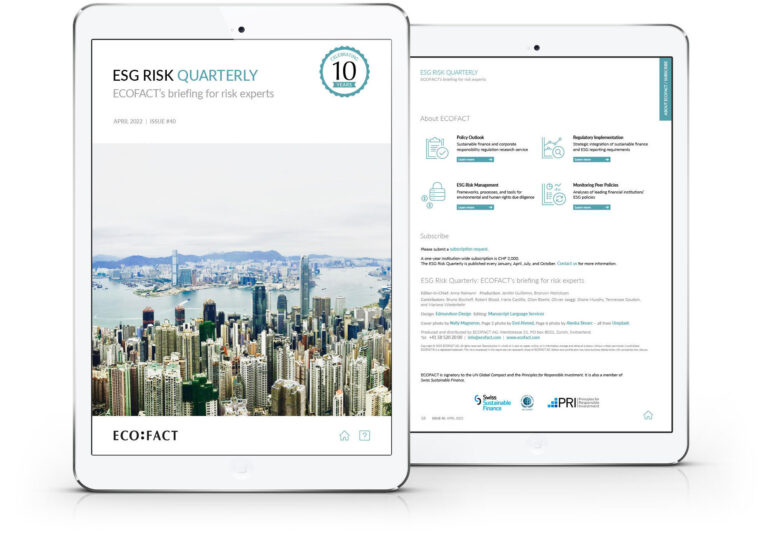Understanding Corporate Sustainability
To establish “a truly global common language of sustainability-related financial disclosures,” the International Sustainability Standards Board recently articulated its understanding of the relationship between sustainability and financial value creation as follows:
“Sustainability will be described (…) as the ability for a company to sustainably maintain resources and relationships with and manage its dependencies and impacts within its whole business ecosystem over the short, medium and long term.”
This definition raises several concerns. It doesn’t actually define what sustainability is. It just describes what reasonable companies are already doing — maintaining resources and relationships within their business ecosystems while considering the short, medium and long term. In fact, as a definition, it is meaningless.
The intention may be to use this “definition” as a framework that businesses can understand. But it neglects what corporate sustainability is really about: value creation and responsible business conduct. Well-executed corporate sustainability creates value for a company, but it also requires investments of both time and cash. Let’s not forget that sustainability matters would be a non-issue for corporates if addressing them always generated revenue. Economic externalities and regulatory gaps cause sustainability challenges, so unsustainable business practices can still pay off. While there is no doubt that some companies will profit from sustainability-related business opportunities, many others still stand to gain from business as usual. The transition to sustainable business practices will require significant effort.
Finally, this definition will be of little use when explaining to senior management what the company should be doing. It doesn’t help them to gain a reasonable understanding of what is expected.
I remember how a lecturer at the Harvard Business School made a joke about how every human issue can be organized into a 2×2 matrix. He went on to show us how this simple tool was helpful in structuring thoughts. In this case, the 2×2 matrix (see below) may indeed help management understand the following:
- Corporate sustainability is about value creation, but also about responsible business conduct. The latter requires improved risk management and aims for compliance with relevant soft-law standards.
- Benefiting from innovative sustainability-related business opportunities – while avoiding potential greenwashing allegations – is a challenging journey which will take time.
- Solely focusing on (financially) material issues is not enough. Companies are expected to adopt a double materiality approach, by also taking their actual and potential adverse impacts on society and the environment into account (the inside-out perspective). This is where sustainability strategies become challenging: what does our company consider appropriate business practice?
- Contrary to popular belief, corporate sustainability is not about philanthropy. Philanthropy is just one — and probably the least significant — element of corporate sustainability.
 Fig: The 2×2 matrix: Corporate sustainability is as much about value creation as it is about responsible business conduct. Impactful corporate sustainability involves all elements in this matrix, which in some cases are interrelated.
Fig: The 2×2 matrix: Corporate sustainability is as much about value creation as it is about responsible business conduct. Impactful corporate sustainability involves all elements in this matrix, which in some cases are interrelated.
 All posts
All posts Contact
Contact



